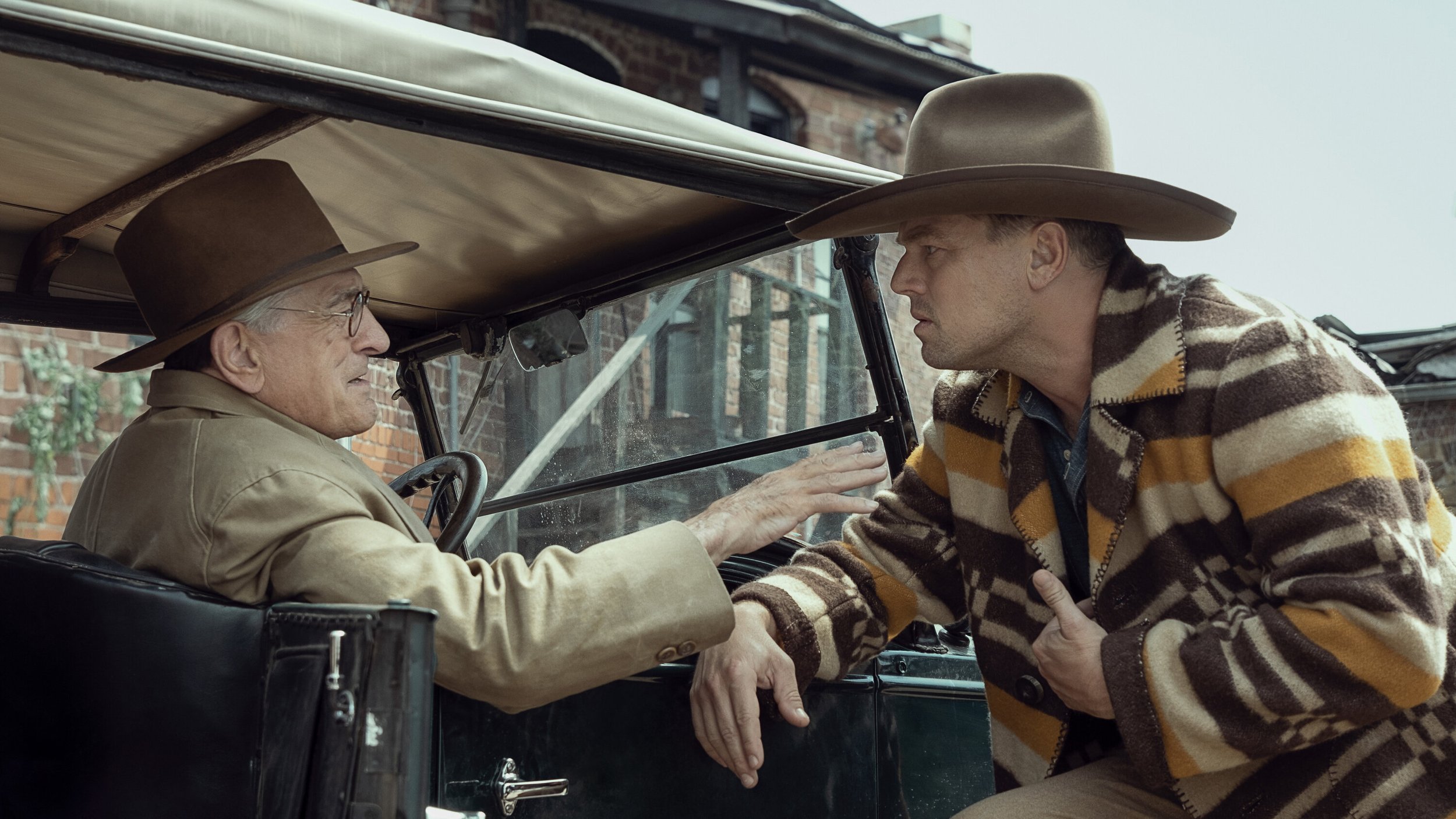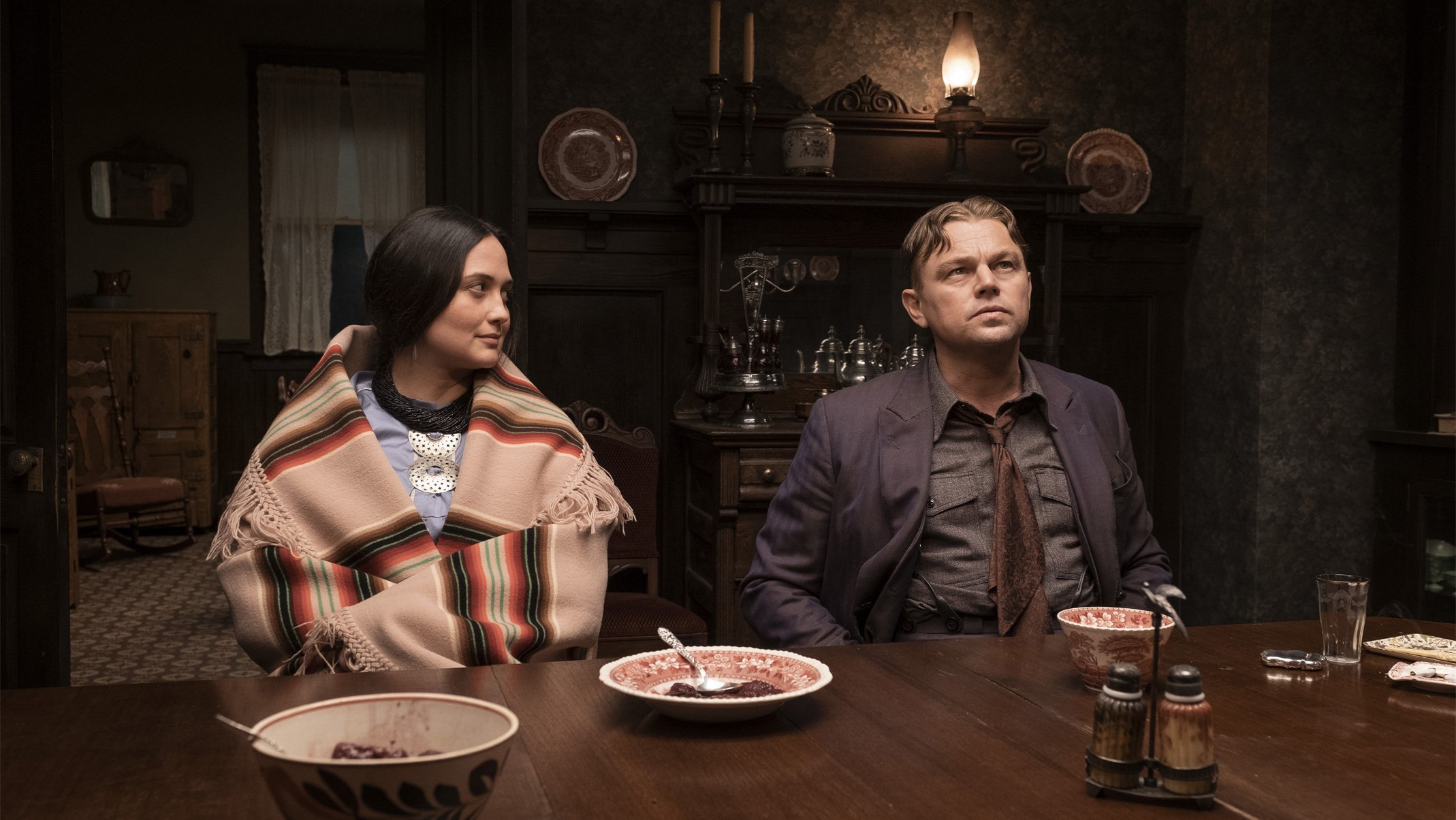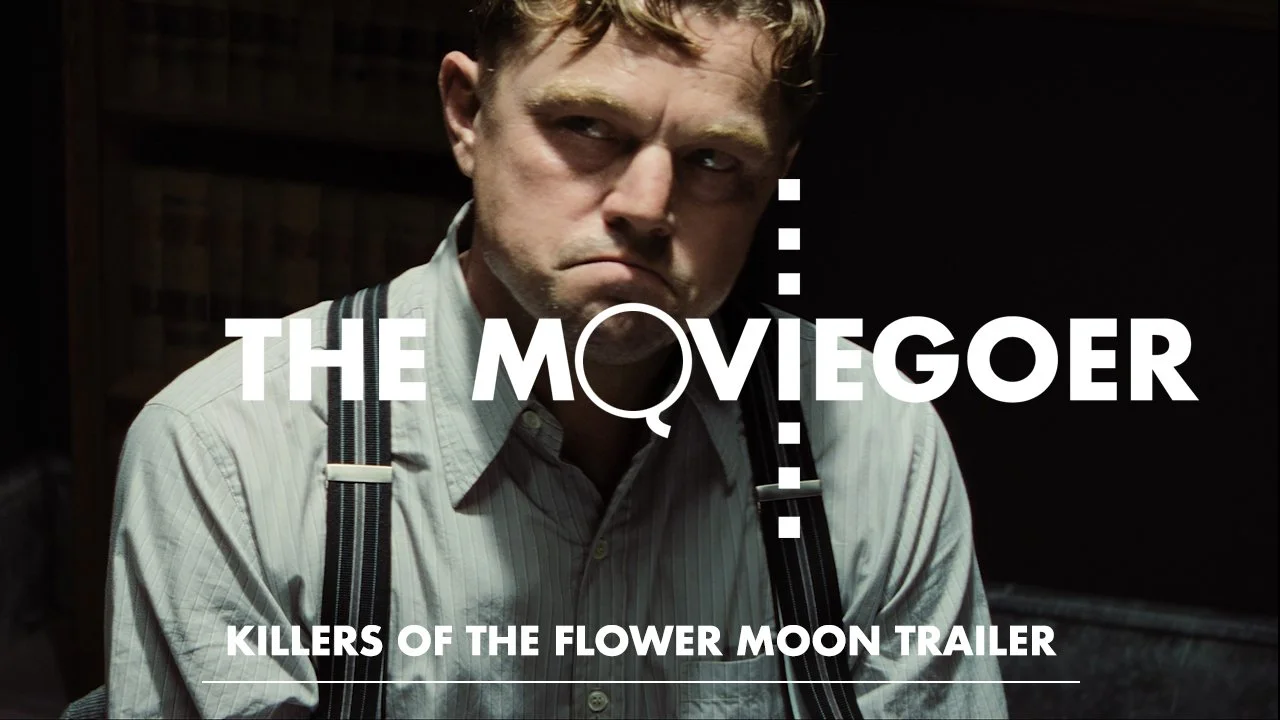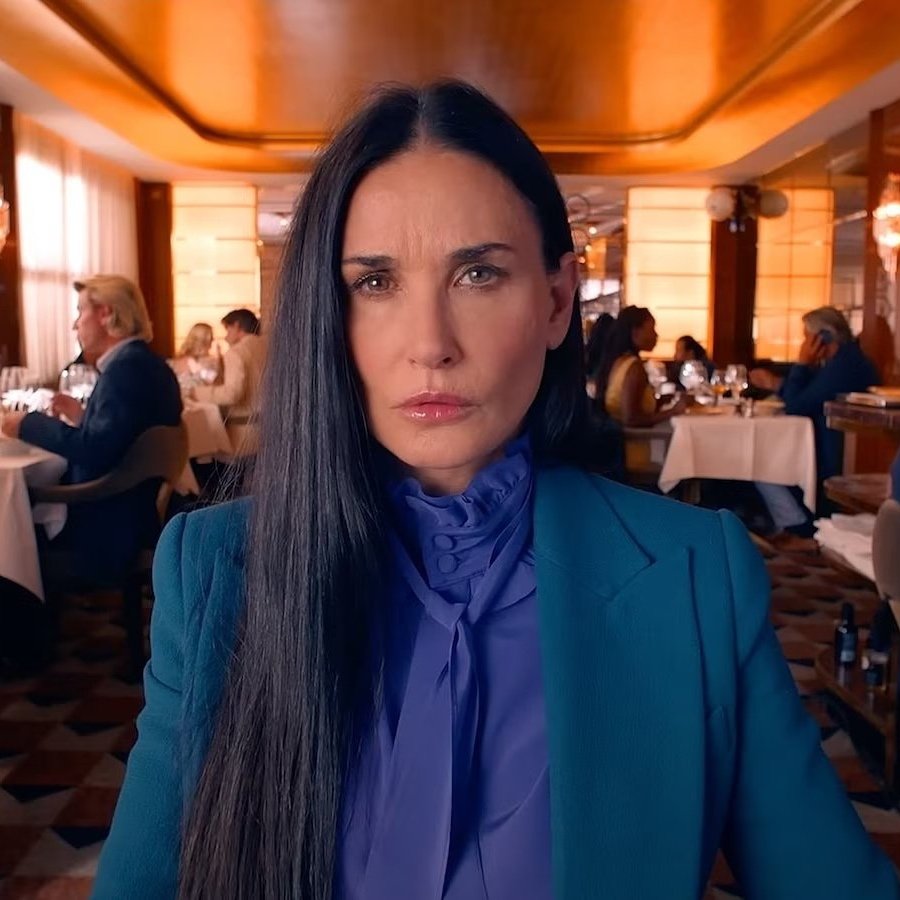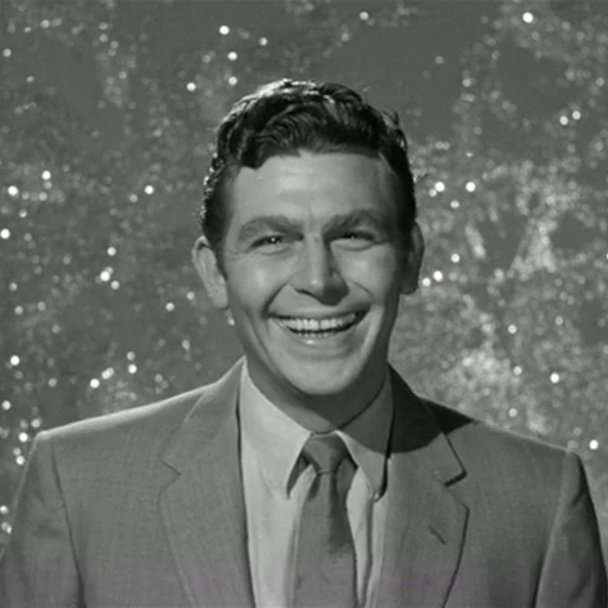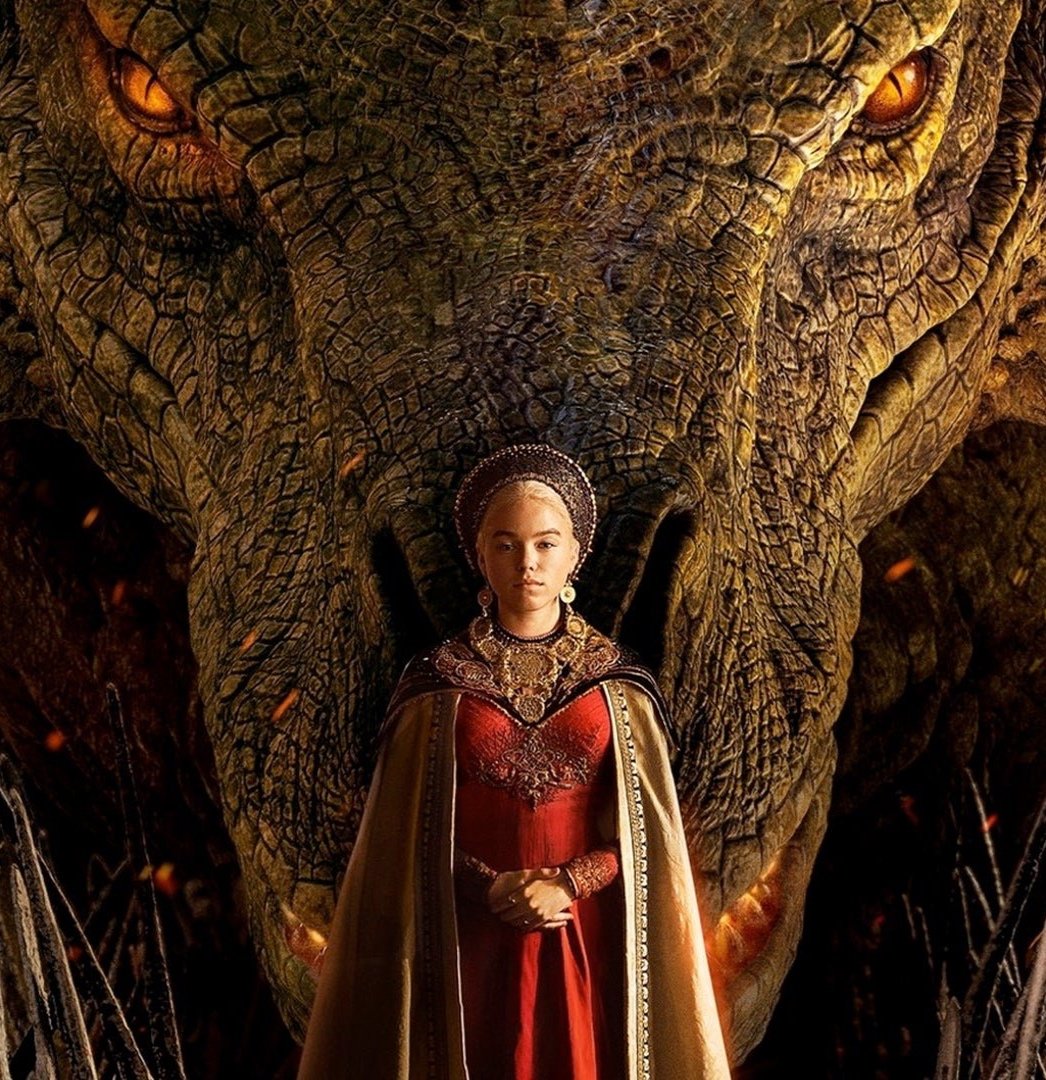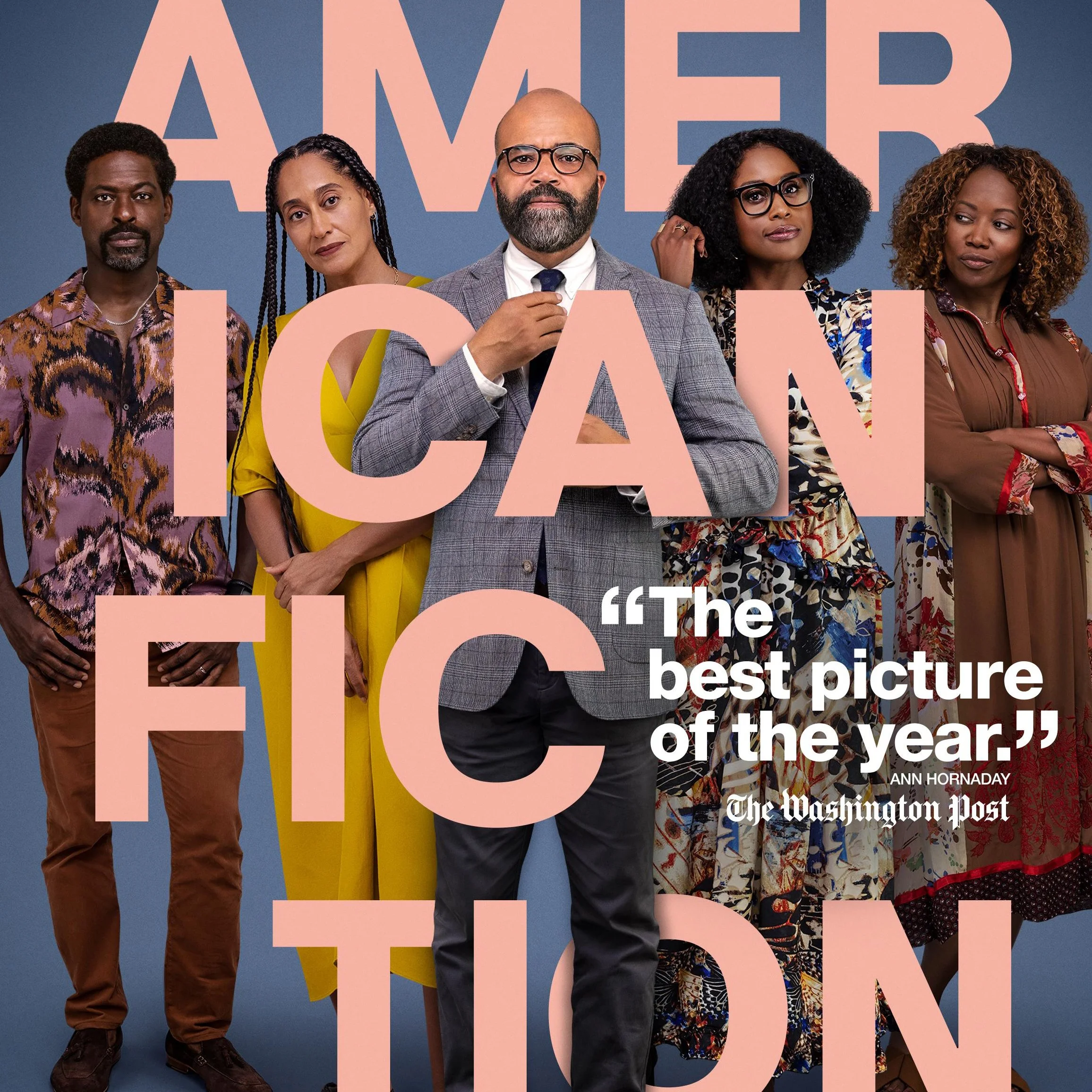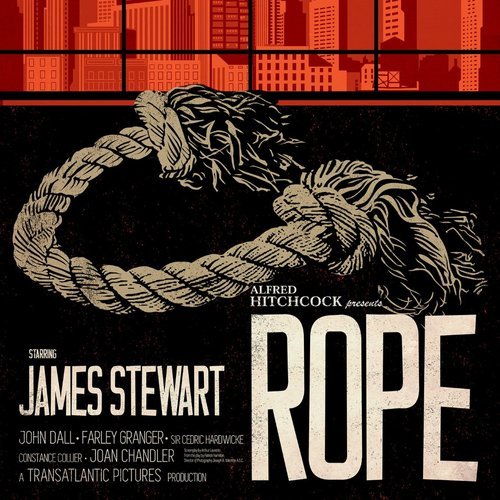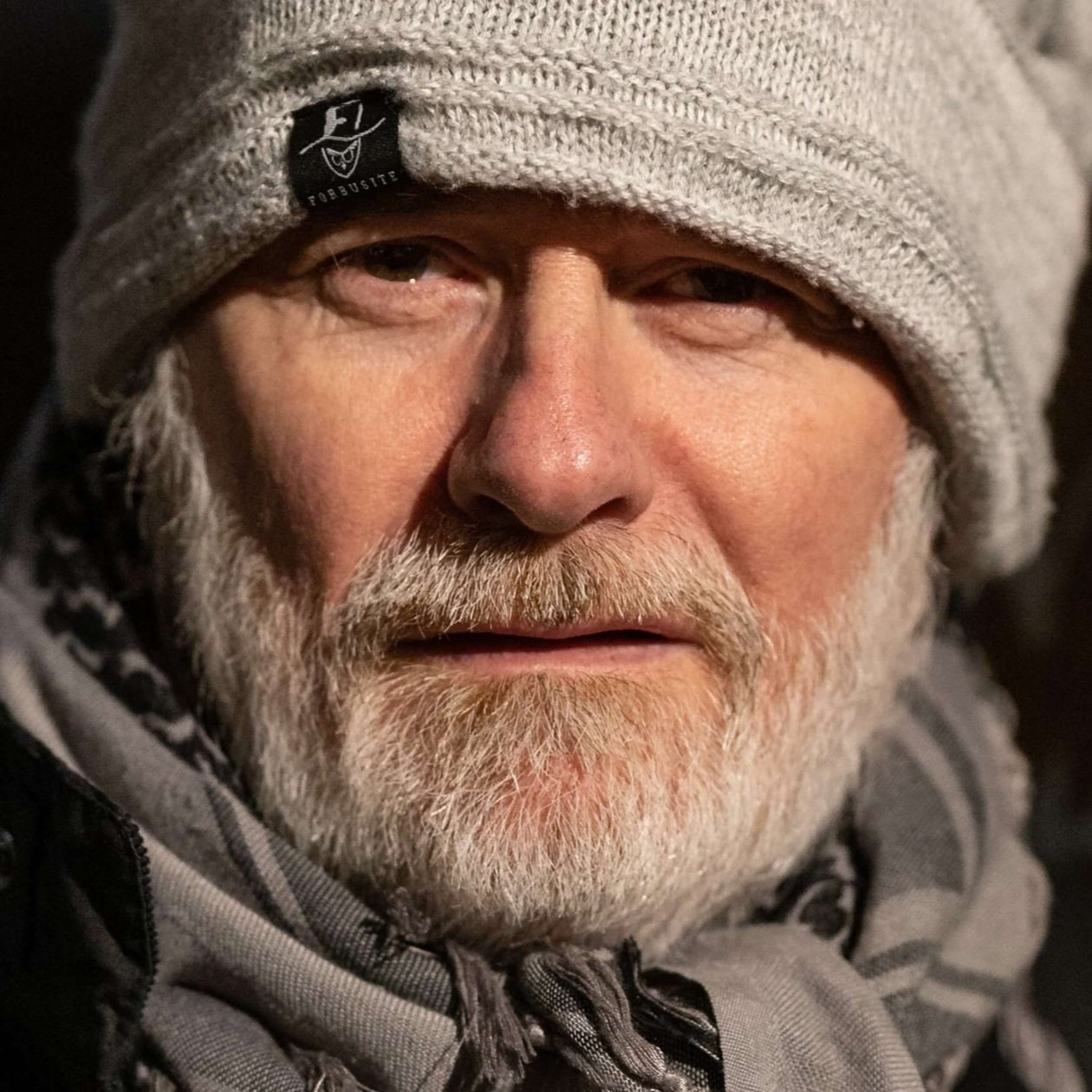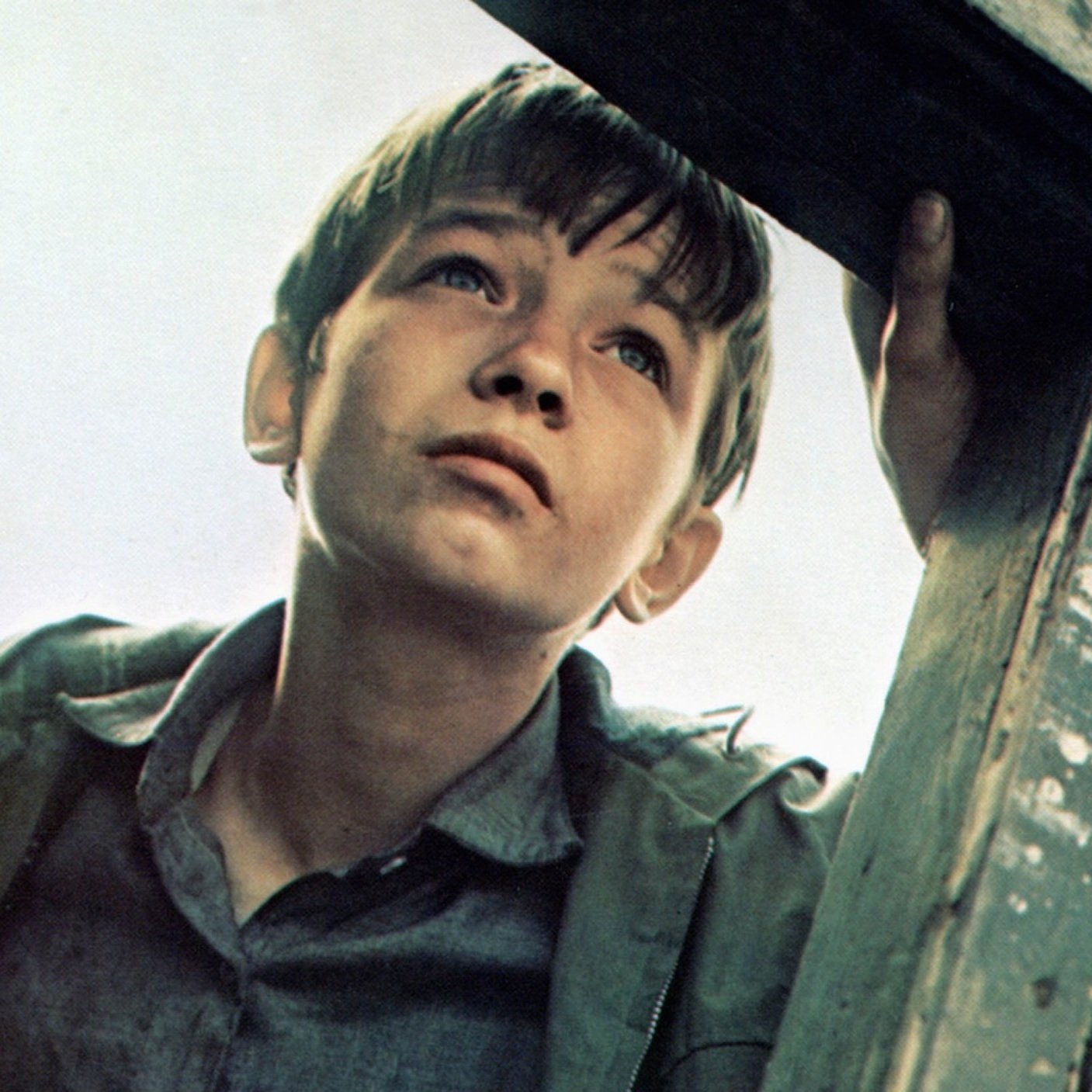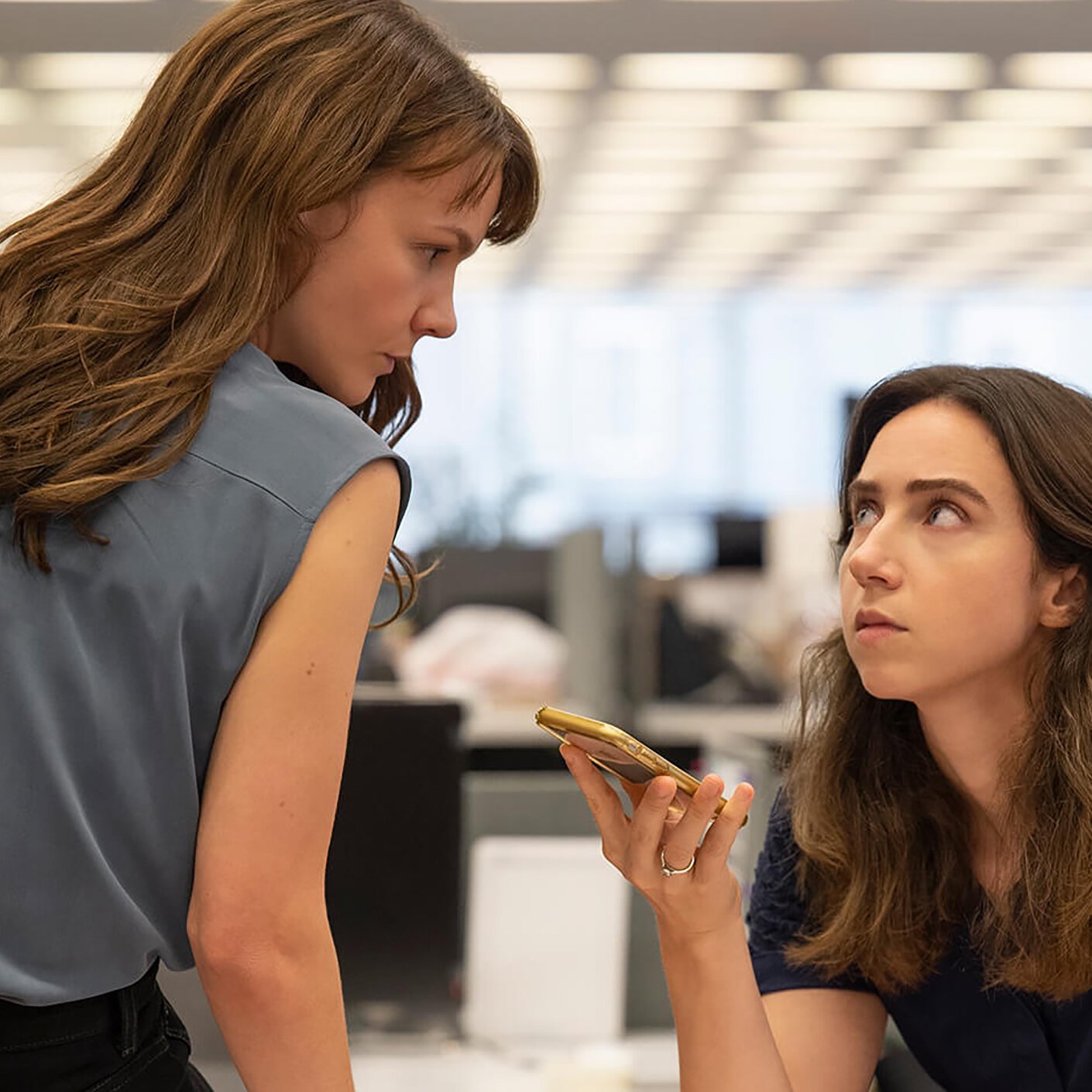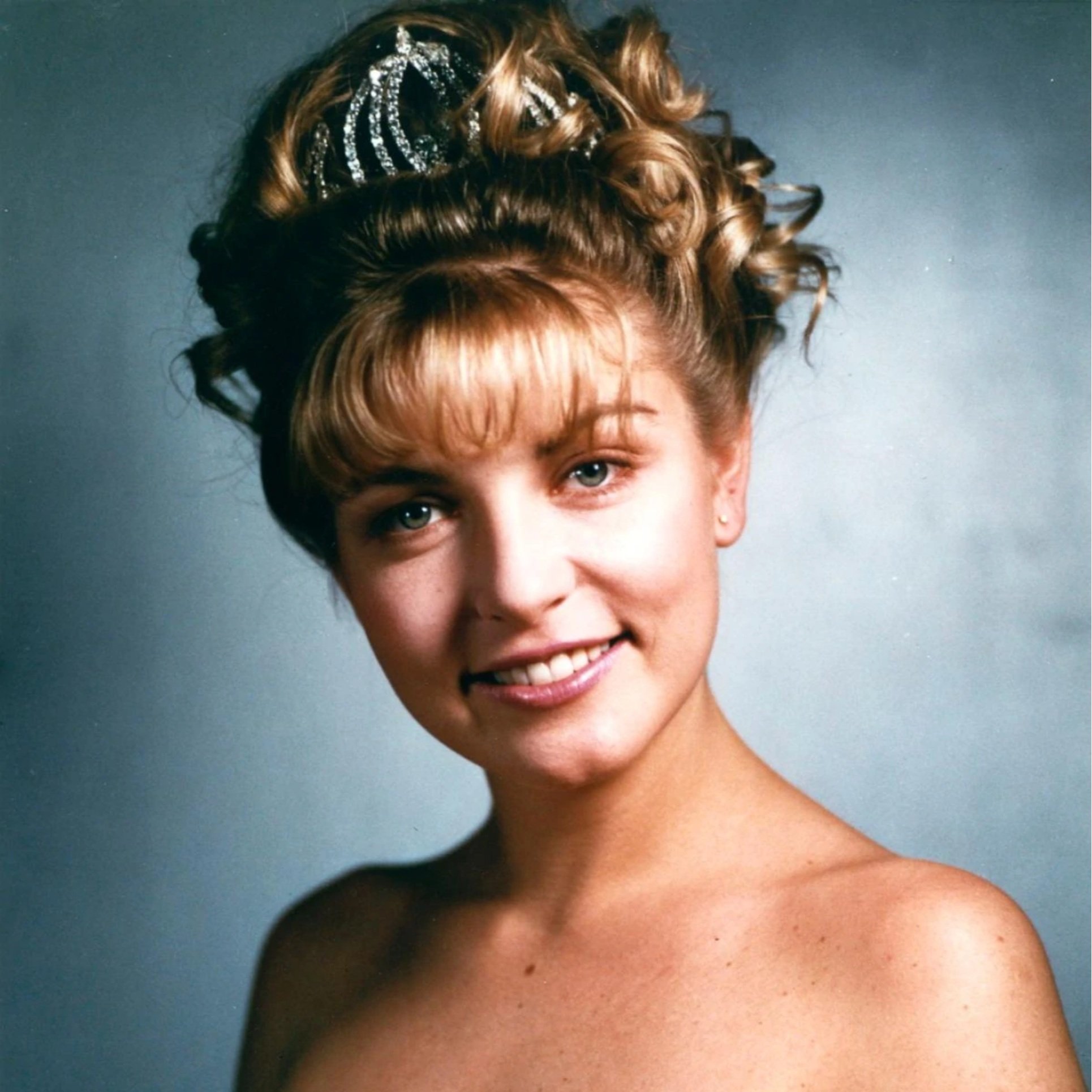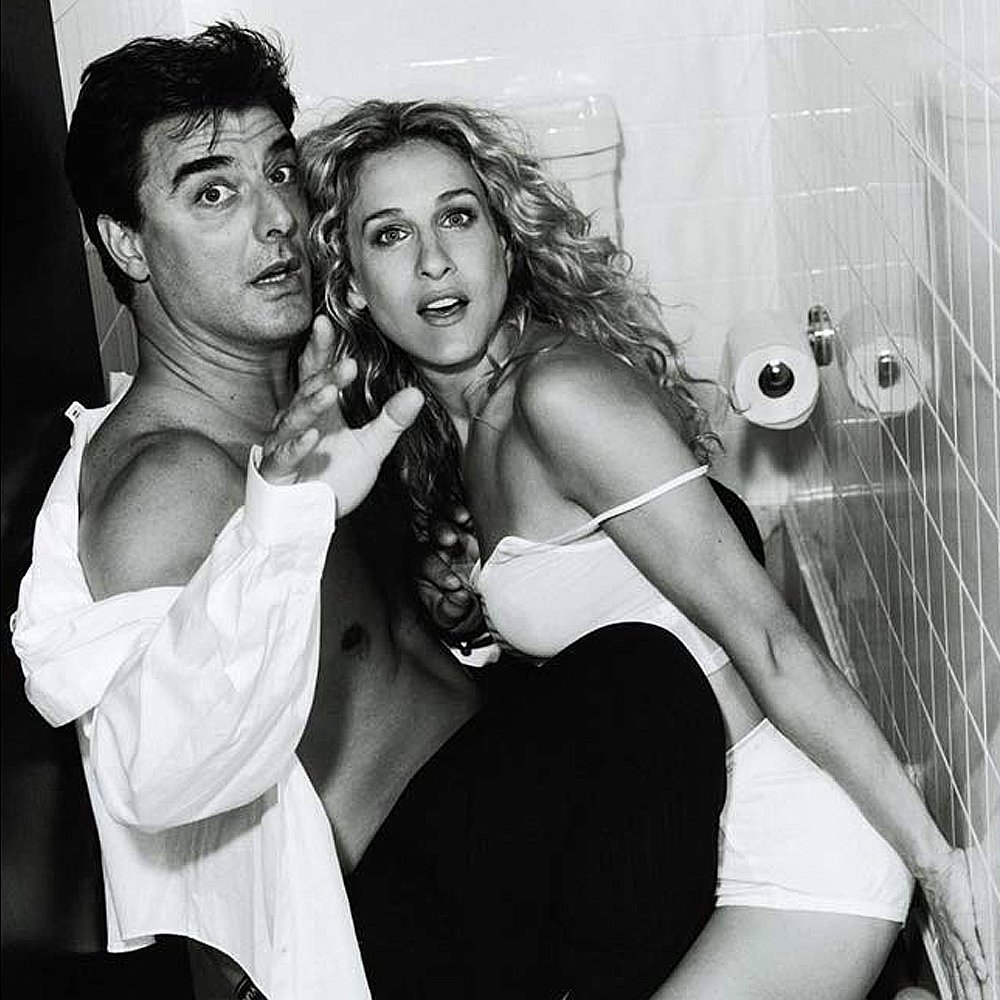Killers of the Flower Moon: An Essential Tale
Martin Scorsese. A person who is an invaluable part of the cinematic language, and has had an influence far beyond his body of work. Watching a new movie of his is often a seminal event of the year for many lovers of the art form, and I awaited with keen anticipation his latest: Killers of the Flower Moon. I happily left the theatre inspired and deep in thought. Scorsese’s latest movie pushes the boundary in a multitude of ways by not only entertaining and captivating us but also helping us reflect and think about the origins of our reality and our role in it.
Based on David Grann’s book of the same title, Killers of the Flower Moon is a true tale about the Osage murders in 1920s Oklahoma. It follows Ernest Burkhart (Leonardo DiCaprio), who returns from World War I to live with his uncle William King Hale (Robert DeNiro) on his reservation ranch in the Osage Nation. Hale poses as a friendly benefactor to the Osage and prods his nephew to marry into the Nation, which possesses valuable headrights to the oilfields recently discovered on their territory. Burkhart gains the favor of Mollie Kyle (Lily Gladstone) whose Osage family owns headrights and marries and starts a family with her. However, Hale’s relentless pursuit of her family’s wealth leads Burkhart and Hale to commit unforgivably dark acts, with the movie depicting their actions and the consequences of them.
The movie is immediately notable for its choice to center on the character of Ernest Burkhart when the book instead focuses on the FBI investigation into the murders. This keeps the film real and emotionally gripping, and I believe it is the right choice to maximize its impact on viewers. By focusing on individual choices and motivations, we are directly placed in their shoes and are unable to distance away given the specificity of the situation. However, for a film about the Osage murders and the harm caused to the Osage Nation, I wish it centered more on the nation itself. I would have wanted this story to place Mollie more front and center, with far more scenes written from her point of view that allows us to experience the terror and hurt caused to her community. As it stands, it focuses on delving into the characters of oppressors without adding enough of the necessary humanity to the victim. I will say here this is a difficult choice and there is no clear answer. Scorsese and co-writer Eric Roth do not do wrong by anyone with their choice of focus. Even so, I believe that the movie often had scenes that dragged on for far too long, with a 3-and-a-half-hour runtime (!) being too much for most viewers’ attention spans. This felt like a movie that would have been perfect had it been cut down to the runtime of Goodfellas, and as it stands it is much too long for the story being told, with many scenes depicting family gatherings feeling drawn out and not driving the plot forward enough.
The issues with the writing were mostly papered over with scintillating acting performances from the core cast of DiCaprio, DeNiro, and Gladstone. DiCaprio proves again why he is one of the best if not the best of his generation, with a performance of depth and variety that is required to explore a character that is at best, confused, and at worst, a devil. DeNiro fits right into the gravitas, devilry, and commanding nature required of William Hale, a combination that is not easy to pull off and keeps us glued during his scenes. However, the performance that most stood out was that of Lily Gladstone, who brings her lived experience as a Native to the fore, with a performance of depth and nuance that adds so much meaning to her character. She realizes the significance of Molly’s character being the only Native main character role, and lends a special solemnity to her work. Paired against such famed actors, she more than holds her own, showing equal parts strength, audacity, and vulnerability when needed. I truly hope the upcoming awards season recognizes her for the work done in this film.
As with most Scorsese movies, this film is a technical masterpiece. The direction is incredibly assured, with a clear dull color palette to match the period. The trademark Scorsese long tracking shots are often seen and used to great effect, and there are sustained dialogue scenes that are edited crisply and maintain momentum. Credit here is also due to Thelma Schoonmaker, a legendary editor and long-time Scorsese collaborator, as well as Rodrigo Prieto, the cinematographer. The costume and production design are detailed and assured, placing us so well in the setting that you can sometimes forget you’re watching this in 2023. However, my favorite technical aspect of the film was its music. There is authentic usage of Native American and percussive music, with powerfully pounding drums that help set the mood. I’m a particular fan of the powwow music used in the film and trailer, which deeply captures the tone of the Osage Nation and lends authenticity to the whole movie. This was the final score of the late Robbie Robertson, and I hope he’s proud of how he ended his career.
While this film was a classic Scorsese in many ways, it stands out for its thematic richness. Unlike much of his previous work that focuses on the Italian American mafia, this film focuses on the oft-forgotten systemic oppression and genocide of an indigenous group. The opening shot itself depicts Osage elders mourning their children becoming increasingly assimilated into White American society. In doing so, Scorsese touches deeply on the loss of culture and heterogeneity that so many of us have faced as a tradeoff to fit into someone else’s society. He meditates on this by depicting how harmful this choice can be, showing the brutality of racism and how it is constructed from a past that pillaged, maimed, and killed. There is no legitimacy to the racist viewpoint, and this story keenly reminds us of how important it is for us to keep that in mind. In doing so, this movie becomes an essential tale, one that we must all watch and tell each other about. Scorsese realized the gravity of his responsibility, and to ensure this movie could stand the test of time he made special efforts to ensure its accuracy. This included shooting on location in Pawhuska, Oklahoma, and including and collaborating with the Osage Nation at every step of the process. This added to the weight and narrative of the movie, benefitting us all in the process.
Leaving the theatre, I was deeply preoccupied with thoughts on the loss of identity and the dark past affecting many indigenous communities today. While I continue to ruminate on them, I was quickly overwhelmed at the moment with gratitude at being able to view the work of a master. Martin Scorsese is over 80 now, and continues to make great movies, proving that age is a number when passion is involved. How many more will he make? Only he knows the answer to that. All I can say is thank you, for a legacy and body of work that has inspired and helped me fall in love with this art form. If he chooses to make another film, I know where I will be on opening night.
Killers of the Flower Moon is available to rent or buy digitally and is playing in select theatres. It will premiere on Apple TV+ on January 12 this year.
Popular Reviews
